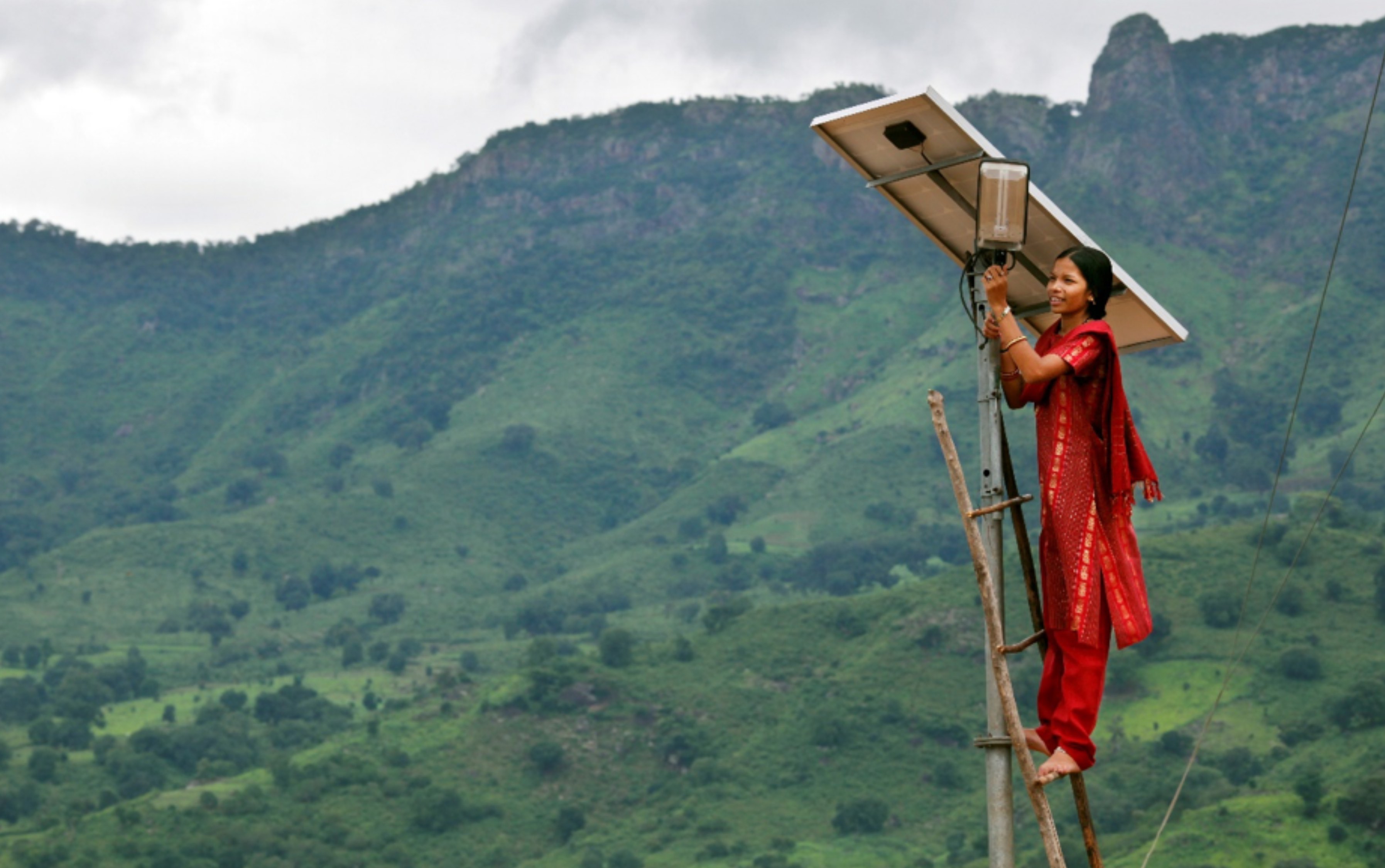Rural areas are in crisis. Rural residents make up 45 percent of the world’s population but bear a disproportionate burden of poverty, malnutrition, and poor quality of life.
The global rural poverty rate is 17 percent (compared to 7 percent in urban areas). Rural people comprise 70 percent of the world’s extremely poor. Rural areas lag behind urban areas in reducing rates of child stunting (low height for age). Many rural environments lack basic services such as education; health; roads; water and sanitation; and suffer from rising pollution levels and dwindling natural resources. These challenges will only be exacerbated by climate change.
As the deadlines to achieve the Sustainable Development Goals (SDGs) and climate goals draw ever closer, it is time for a dramatic, system-wide transformation to make rural areas more productive, sustainable, climate-resilient, healthy, and attractive places to live in order to leave no one behind.
Rural revitalization is essential to achieve this transformation, as IFPRI’s 2019 Global Food Policy Report clearly and forcefully outlines through a compelling set of concrete actions.
Although agricultural production is critical to rural economies, rural revitalization goes far beyond agriculture as it includes the development of non-farm opportunities and it makes cutting-edge technology and innovation the linchpins of rural economic growth. Rural revitalization can also dramatically improve rural residents’ access to basic services. In Bangladesh, for example, improved rural roads reduced extreme poverty by 3 to 6 percent while boosting enrollment in secondary school for both boys and girls.
Rural revitalization can also improve rural governance, ensuring that local governments are held accountable in the delivery of high-quality services. China chose this approach when it announced a new strategy in 2018 to close the growing rural-urban income gap and improve quality of life in rural areas.
One essential driver of rural revitalization is rurbanomics, an approach that emphasizes the linkages between rural and urban economies. Growing urbanization in most countries enhances the importance of rural areas—by boosting demand for food, diverse diets, and goods and services that the rural economy can meet. Rurbanomics, therefore, frames rural and urban economies as equal partners. It empowers rural economies not only as drivers of food security but also as springboards for national, regional, and global value chains and as providers of quality environmental services.
Take for example, South Korea’s Saemaul Undong (New Village Movement) initiative in 1970s which invested in irrigation, agricultural inputs, electrification, and transportation in rural areas. As a result of these and other efforts, rural farm households’ income increased five fold between 1970 and 1979, helping them to catch up with their urban counterparts.
As the world faces new challenges like climate change and obesity, the rurbanomics approach can help to diversify agriculture and improve the health of all. Agricultural production in rural areas could shift to more nutritious and high-value foods, such as fruits, vegetables and animal-sourced foods, meeting the changing preferences of urban consumers. It can also provide higher incomes for rural producers. Scientific and technological innovations could help retain the value of these nutritious products throughout the supply chain. In Nigeria, where 45 percent of food spoils due to lack of refrigeration, solar-powered cold stations protect fresh produce and also provide employment to rural women. Strengthening rural banking, insurance, and financial systems could reduce risks for farmers who want to diversify.
Ending hunger and malnutrition to achieve both the SDGs and climate goals requires us to initiate a range of evidence-based actions to advance rural revitalization in all regions of the world. They include:
- Adoption of rurbanomics as an approach to strengthen rural-urban linkages—not only between rural areas and megacities, but also between small rural population centers.
- Transforming agri-food systems to benefit both rural and urban areas. Agriculture must be seen as a business enterprise that can feed all.
- Scaling-up agricultural productivity and investing in the rural non-farm economy to create wage-earning opportunities, particularly for poor, female- and youth-headed households.
- Improving living conditions in rural areas, by providing better access to social safety nets and basic services and supporting a healthier and more climate-resilient environment. Multiple models exist laying out ways to successfully and affordably provide these services, while improving the use of natural resources.
- Reforming rural governance to improve accountability and outcomes through well-funded rural budgets, capable staff, and transparency.
We have just over a decade to meet the 2030 Agenda for Sustainable Development and to transform the day-to-day reality of billions of food- and nutrition-insecure people, while protecting the environment and natural resources upon which our planet depends.
Rural revitalization represents the most realistic way to achieve such a dramatic transformation to ensure that rural people and rural areas can thrive for generations to come.
Achim Steiner is Administrator of the United Nations Development Programme (UNDP); Shenggen Fan is Director General of IFPRI. This post first appeared on the Thomson-Reuters Foundation News site.







